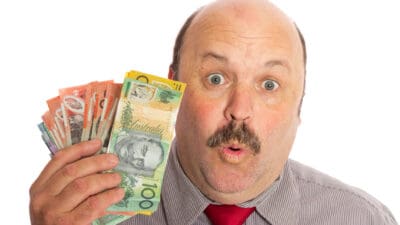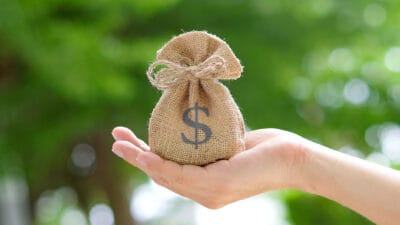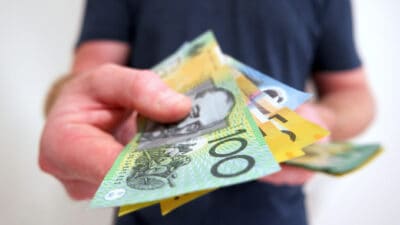Investors in ASX shares are skittish right now.
Nucleus Wealth chief investment officer Damien Klassen described it as the market "oscillating between fear and elation".
"Any investment is an exercise in probabilities. As part of the process, it is prudent to look at the various outcomes and consider the likelihood of different scenarios occurring."
As such, he laid out four possible paths that interest rates could head in 2023 — and what each would mean for ASX shares:
Scenario 1: central banks cave quickly
If central banks like the Reserve Bank of Australia and the US Federal Reserve get frightened by how much their economies are tanking, they could cut rates rapidly.
According to Klassen, this is the scenario "most positive for equities".
"It is the least likely in my view, but we have seen it play before," Klassen said on the Nucleus blog.
"When Powell first became the US central bank chairperson he explained that he wasn't there to backstop equity markets. A plunge in equity markets culminated on Christmas and Powell essentially reversed that position."
At the first hint of a rate cut, bond yields would tumble and share markets would "go into a wild 'risk-on' rally".
"Growth and cyclical stocks in particular would pace the market," said Klassen.
"The US dollar would be hit hard, emerging markets and commodities would fly as global growth picks up. The party would be in full swing."
Scenario 2: interest rates pause soon, cut in second half of 2023
This option is the one that stock markets have currently priced in, according to Klassen.
"A looming recession, albeit mild, weak economic growth and falling corporate earnings lead central banks into starting to reverse interest rates."
Again, bond yields would fall but the flight to shares would be more orderly than the first scenario.
"Within stocks, quality stocks will perform better," said Klassen.
"You want stocks that can maintain their margins, as earnings will be under pressure. At the same time, markets will be rewarding earnings growth with multiple expansion."
Klassen reckons this situation or the next one seems "the most likely" to happen.
Scenario 3: interest rates pause middle of year, cut late in 2023
According to Klassen, this situation is halfway between what share markets have priced in and what central banks are stating they would do.
"It would eventuate if inflation is stickier than expected, or if central banks are more resistant to market pressure than they have been in the past," he said.
"Either way, corporate earnings will be hit harder under this scenario."
Shares will fall as multiple expansion is delayed.
"Corporate profits are down moderately on a big margin squeeze," said Klassen.
"Commodities fall. Quality stocks and defensive stocks give the best returns within equities."
Scenario 4: interest rates rise first half of 2023, then pause for second half
Klassen considers this situation possible but "not probable", even though it's the path that the central banks are predicting they'll take.
For this scenario to take place, inflation would have to remain stubbornly high, more supply chain disruptions occur for some reason, or central banks ignore market pressure.
This situation would be disastrous for stocks.
"Corporate profits are down significantly on both falling sales and falling margins. Significant bankruptcies emerge. Valuation multiples fall," said Klassen.
"The US dollar is strong. Emerging market stocks tumble, along with commodities. Defensive stocks give the best returns within equities."









